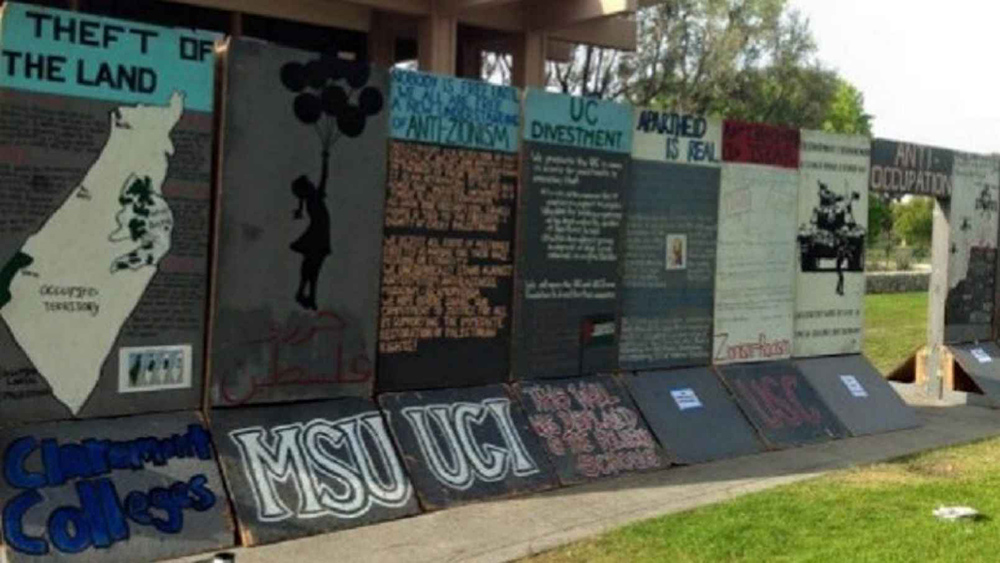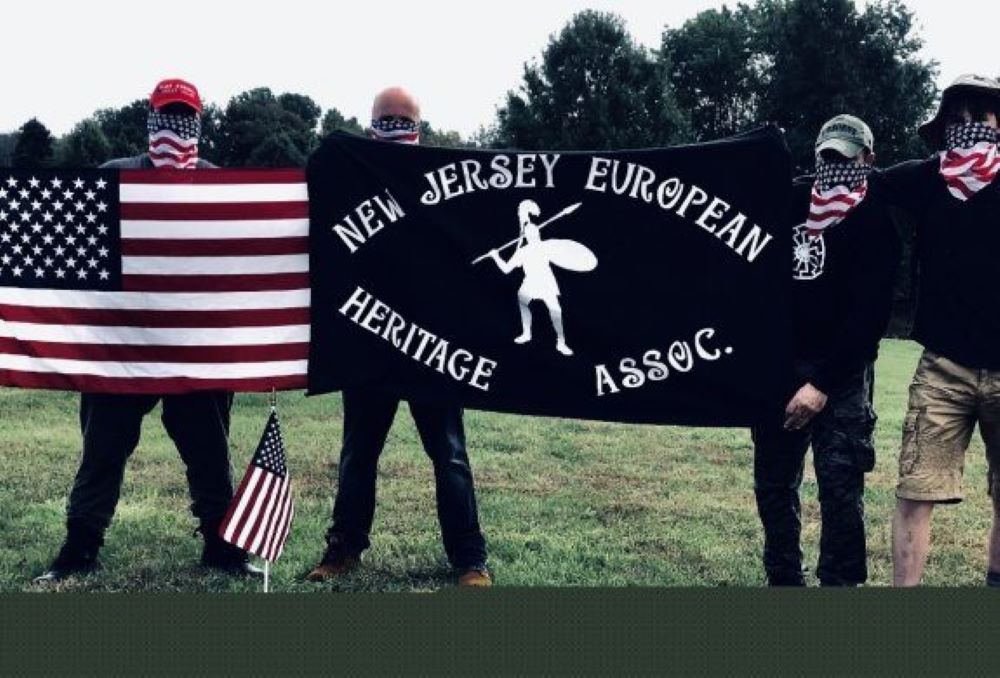By: Kim Tong-Hyung & Matt Sedensky
The new virus took aim at a broadening swath of the globe Monday, with officials in Europe and the Middle East scrambling to limit the spread of an outbreak that showed signs of stabilizing at its Chinese epicenter but posed new threats far beyond.
In Italy, authorities set up roadblocks, called off soccer matches and shuttered sites including the famed La Scala opera house. In Iran, the government said 12 people had died nationwide, while five neighboring countries — Iraq, Kuwait, Bahrain, Oman and Afghanistan — reported their first cases of the virus, with all those infected having links to Iran.
Across the world, stock markets and futures dipped on fears of a global slowdown due to the virus spread, with the Dow down more than 900 points during midday trading.
The number of people sickened by the coronavirus topped 79,000 globally, and wherever it sprung up, officials rushed to try to contain it.
“The past few weeks has demonstrated just how quickly a new virus can spread around the world and cause widespread fear and disruption,” said the head of the World Health Organization, Tedros Adhanom Ghebreyesus.
“Does this virus have pandemic potential? Absolutely, yes,” Tedros said, but “for the moment we’re not witnessing the uncontained global spread of this virus.”
“I have spoken consistently about the need for facts not fear. Using the word pandemic now does not fit the facts but it may certainly cause fear,” Tedros said, speaking in Geneva.
He said a WHO expert team currently in China believes the virus plateaued there between Jan. 23 and Feb. 2 and has declined since. The team also said the fatality rate in China was between 2% and 4% in Wuhan, the epicenter of the outbreak, and 0.7% outside of Wuhan.
Clusters of the virus continued to emerge outside China, including in Qom, an Iranian city where the country’s semiofficial ILNA news agency cited a lawmaker as reporting a staggering 50 people had died of COVID-19, the disease caused by the virus. The country’s Health Ministry rejected that, insisting the death toll remained at 12, with total infections numbering 61.
The conflicting reports raised questions about the Iranian government’s transparency concerning the scale of the outbreak. But even with the lower toll of 12, the number of deaths compared to the number of confirmed infections from the virus is higher in Iran than in any other country, including China and South Korea, where the outbreak is far more widespread.
Asked about the spike in cases in Iran, WHO’s emergencies program director, Michael Ryan, cautioned that in the first wave of infections reported from a country, only the deaths may be being picked up and therefore be over-represented. “The virus may have been there for longer than we had previously suspected,” he said.
Ryan said a WHO team would be arriving in Iran on Tuesday and in Italy on Monday.
“What we don’t understand yet in COVID-19 are the absolute transmission dynamics,” Ryan said, noting that in China there’s been a significant drop in cases. “That goes against the logic of pandemic.”
Authorities in Iran closed schools across much of the country for a second day Monday. Movie theaters and other venues were shuttered through at least Friday, and daily sanitizing of public buses and the Tehran metro, which is used by some 3 million people, was begun.
Recognition grew that the virus was no longer stemming only from contact with infected people in China.
“Many different countries around the world may be sources of COVID-19 infections,” said Mark Woolhouse, a professor of infectious disease epidemiology at the University of Edinburgh. “This makes it much harder for any one country to detect and contain.”
China still has the vast majority of cases, but as it records lower levels of new infections, attention has shifted to new fronts in the outbreak. Chief among them is South Korea, where President Moon Jae-in placed the country under a red alert, the highest level, allowing for “unprecedented, powerful steps” to stem the crisis.
Beyond expanding a delay to the start of the school year from the hardest-hit area of Daegu nationwide, though, it remains to be seen how far the government will go. A Chinese-style lockdown of Daegu — a city of 2.5 million people that is the country’s fourth largest — appeared unlikely, even as signs of the response to a broadening problem could be seen nearly everywhere in the nation.
More than 600 police officers in Daegu fanned out in search of hundreds of members of a church that has been identified as a source for hundreds of infections. The country’s National Assembly was temporarily closed Monday as workers sterilized its halls. At shops and food stalls in the capital of Seoul, a misty fog surrounded crews in protective suits who sprayed disinfectants.
“The changes have been dramatic,” said Daegu resident Nah Young-jo, who described an increasingly empty city of few passersby and closed restaurants.
South Korean officials recommended that courts consider postponing trials of cases not deemed urgent, while Mayor Park Won-soon of Seoul threatened tough penalties for those who defy a ban on rallies in major downtown areas. Work schedules for city employees in Seoul were staggered to reduce crowding on subways, where packed cars could become petri dishes if an infected passenger were aboard.
“If we fail to effectively prevent the spread of the virus into the local communities, there would be a large possibility (that the illness) spreads nationwide,” warned Kim Gang-lip, South Korea’s vice health minister.
Health workers said they planned to test every citizen in Daegu who showed cold-like symptoms, estimating around 28,000 people would be targeted.
In Italy, where 219 people have tested positive for the virus and five have died, police manned checkpoints around a dozen quarantined northern towns as worries grew across the continent.
Austria temporarily halted rail traffic across its border with Italy. Slovenia and Croatia, popular getaways for Italians, were holding crisis meetings. Schools were closed, theater performances were canceled and even Carnival celebrations in Venice were called off.
It was a sign of how quickly circumstances could change in the widening COVID-19 scare. Italy had imposed more stringent measures than other European countries after the outbreak began, barring flights beginning Jan. 31 to and from China, Taiwan, Hong Kong and Macau.
Until last week, Italy had reported just three cases of infection.
(AP)






















